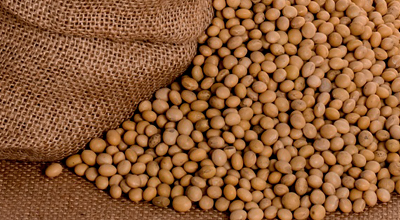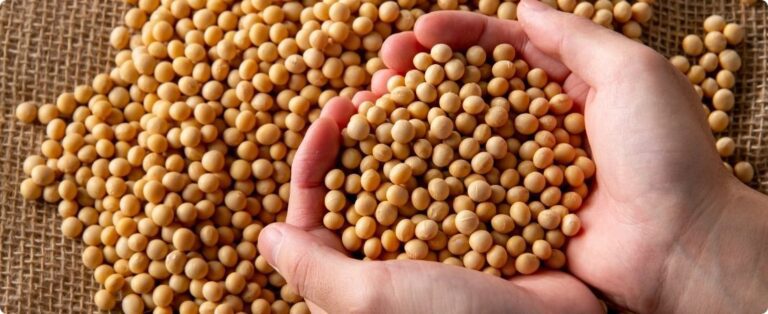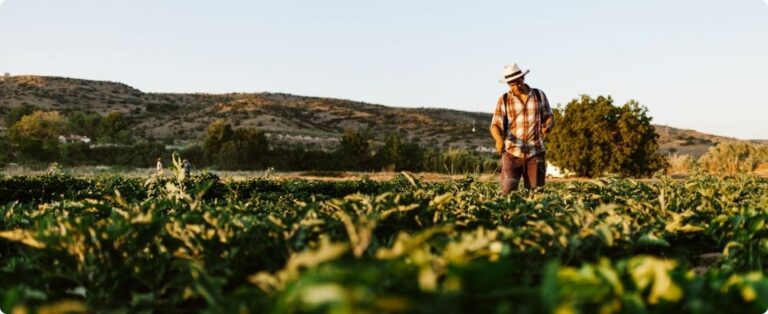
Image: Pixabay
The 2021/22 soybean harvest in Mato Grosso begins in the second half of September. According to the Instituto Soja Livre, the conventional soybean area should be 356.7 thousand hectares, that is, 3.3% of the total area that will be cultivated in the state, of more than 10.4 million hectares. Conventional soybeans are increasingly becoming a bet in a niche market.
{module Form RD}
“The European consumer market and also China – our biggest customer, are starting to demand a lot of conventional soy. It is a niche that should strengthen for Brazilian farmers”, says Endrigo Dalcin, president of the Instituto Soja Livre.
For businessman César Borges, vice-president of Caramuru Alimentos and elected president of the Instituto Soja Livre, these markets can be further explored. “The Asian market has been served by other countries and we can conquer it strongly. There are still some specifications details that are being discussed by the Ministry of Agriculture, but there is room. China and Japan are the main ones, as they have a lot of purchasing power and the habit of human consumption of non-transgenics”, he states.
The international market is booming and searching for non-genetically modified varieties, especially European countries. For Borges, there is still work to be done on the continent, especially showing consumers and retailers how agriculture is done in Brazil. “It’s a job of saying that there is agricultural and industrial production here, how it has been done for over 20 years, explaining how we do it and what our needs are”, he believes.
Endrigo Dalcin's concern is the possible lack of seeds for rural producers who decide to plant conventionally in the next harvest. “It's a cycle that still repeats itself: farmers decide to reduce the area because there is no long-term contract for the purchase of conventional soybeans, seed producing companies don't have as much volume to sell, product supply drops and the market demands more , with a consequent increase in prices and premiums. We need to align the process with all links in the chain”, he states.
The planting area of transgenic soybeans has been growing since commercial plantings began in Brazil in 2004. But in 2012, with the entry into the market of RR2 technology, there was a leap – 82% of the total area was already used for planting varieties transgenic. Since then, consequently, there has been a drop in the conventional soybean area – from 33.2% of area in the 2011/12 harvest to the 3.3% expected in the next harvest. Consumer countries, however, increasingly demand soy that is not genetically modified.
By: Aline Merladete | agrolink















